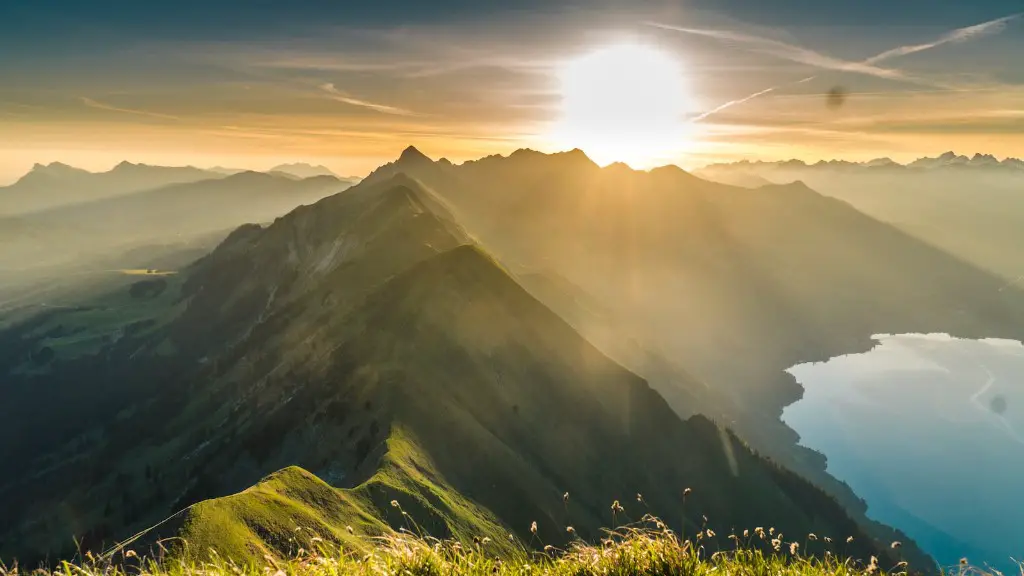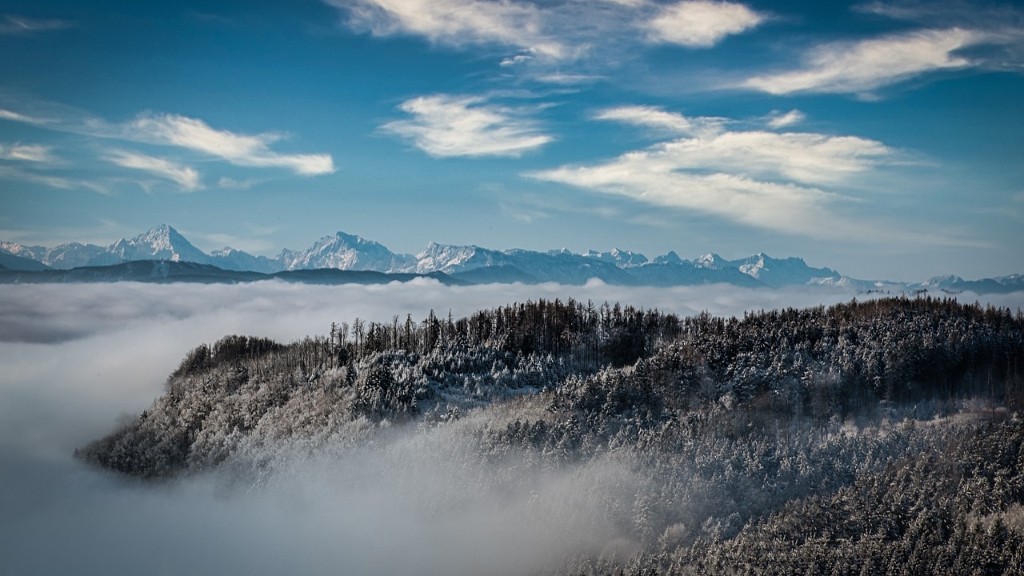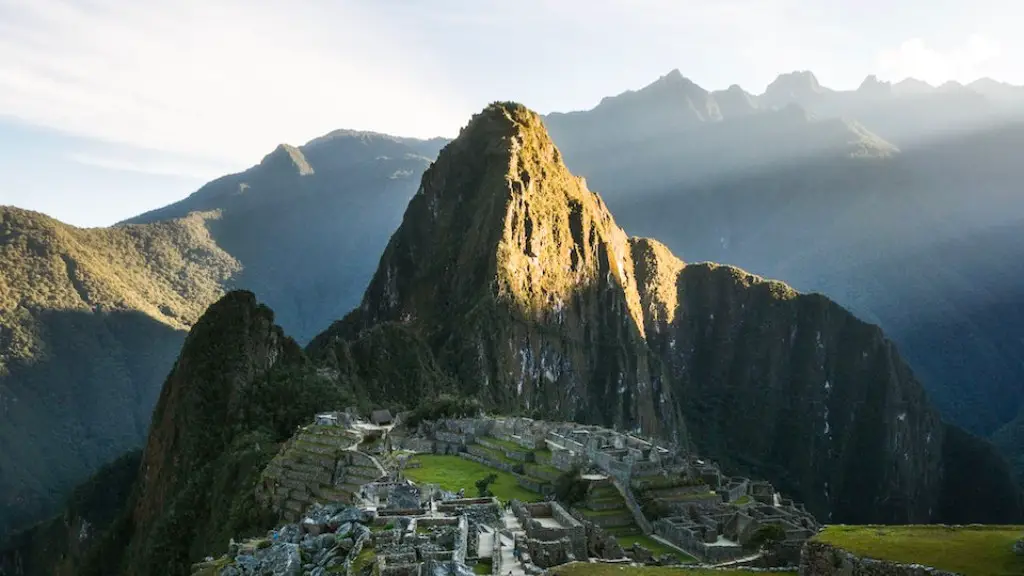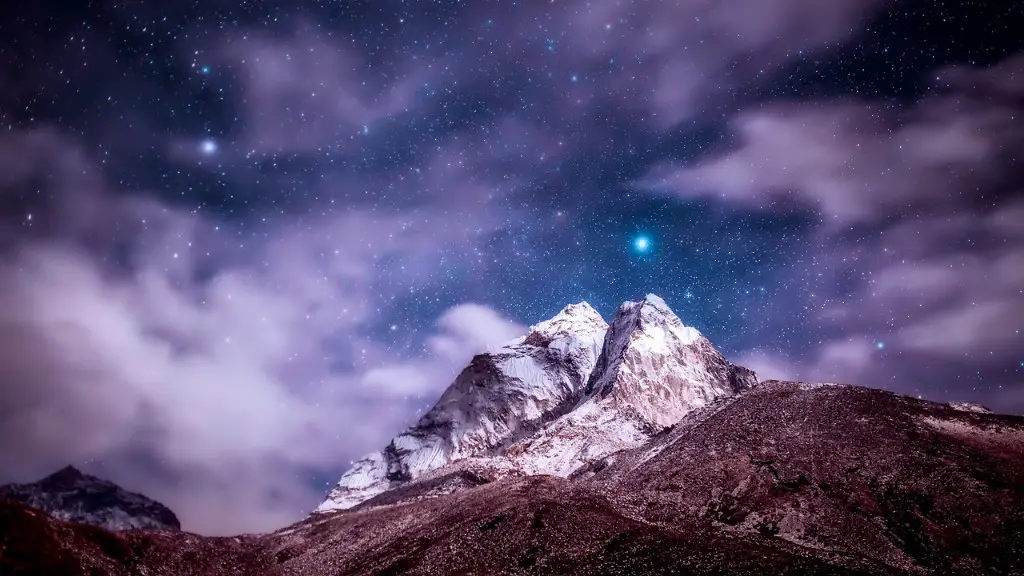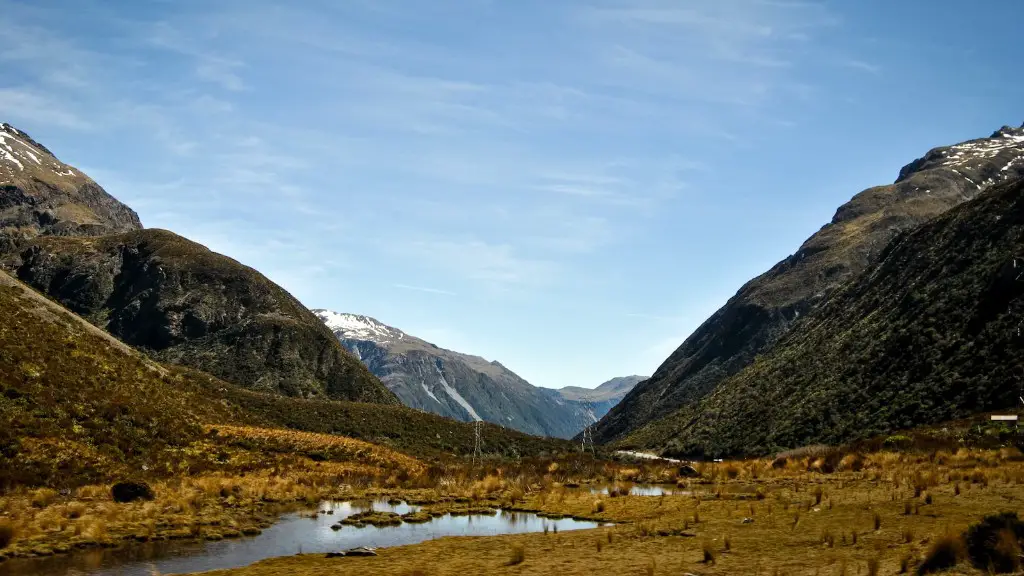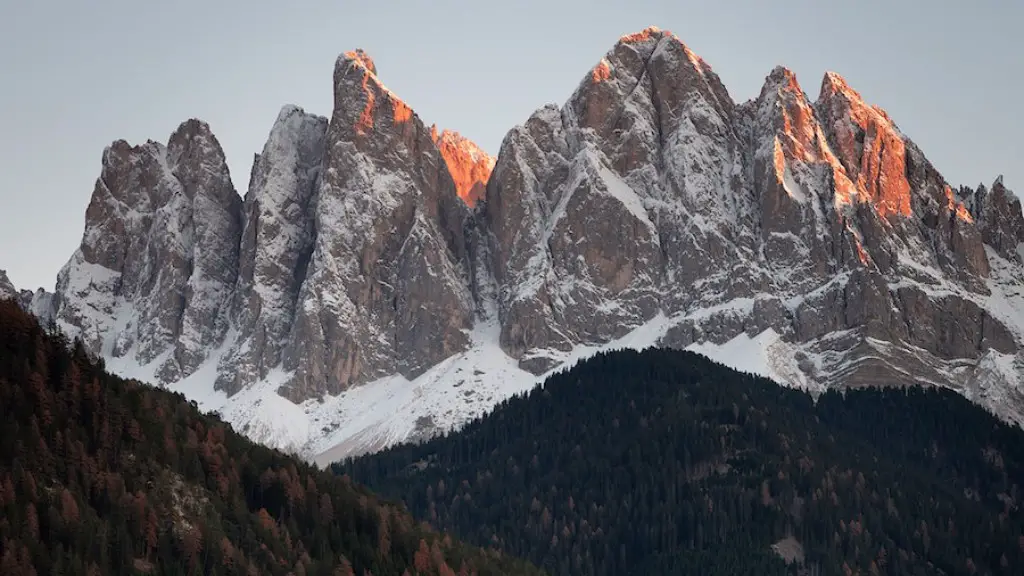Mount Fuji is one of the most famous mountains in Japan. It is an active volcano that last erupted in 1707. Most of the mountain is covered in snow and ice, which can make it difficult to predict when an eruption will happen. There are several types of eruptions that can occur, and each one is different. The mountain also has a unique shape that is perfect for holding snow and ice.
Mount Fuji is an example of a stratovolcano. Stratovolcanoes are tall, cone-shaped volcanoes built up by many layers (strata) of hardened lava, tephra, pumice, and volcanic ash. They are some of the most dangerous volcanoes because they can erupt suddenly and violently, with little or no warning.
How would Mount Fuji erupt?
New Fuji is a popular destination for tourists and scientists alike due to the variety of eruptions on display. Lava flows, magma, scoria, volcanic ash, collapses and side eruptions can all be seen at New Fuji, making it a veritable department store of eruptions! Ash from New Fuji is often black, and the eruptions are relatively new in terms of geological layers, making them all the more fascinating to study.
The Mount Fuji eruption of December 1707 was a large eruption that affected Edo (present-day Tokyo) and the surrounding areas. Accounts of the eruption note that ash darkened the midday sky and buried temples and dwellings near the mountain.
What type of eruption does Mount Fuji have
The mountain is now referred to as the Shinfuji (new Fuji) volcano. Eruptions take a variety of forms during this period, including lava flows, pyroclastic flows, scoria, volcanic ash, sector collapses, and lateral blasts.
Mt. Fuji is one of the most active volcanoes in the world. The main cause of its volcanic activity is the Pacific Plate sinking under the bottom of the Philippine Plate. This process is called subduction and it happens at a very slow rate (about 2 cm per year). However, over time, it can build up enough pressure to cause an eruption.
Could Mount Fuji destroy Tokyo?
The potential for disaster in Tokyo is very high due to its proximity to a number of active volcanoes. If one of these volcanoes were to erupt, the city would likely be covered in volcanic ash that would cause buildings, roads, and other infrastructure to collapse. This would also disrupt flights and cause a great deal of inconvenience for the city’s residents.
The Hoei eruption of 1707 was the most recent eruption of Mount Fuji, and experts anticipate that another eruption could occur again before long. Mount Fuji is an active volcano that has erupted about 180 times over the past 5,600 years, making it one of the most active volcanoes in the world. The Hoei eruption was the largest eruption of Mount Fuji in historical times, and it is believed that another eruption of similar or larger size could occur in the future.
What happens if Fuji erupted?
If Mt Fuji erupts, volcanic ash may fall over a large area. Volcanic ash piles up thickly at the source of the eruption and thins out as the distance from the crater grows. However, volcanic ash distribution changes greatly depending on wind direction, speed, and size of the eruption.
Mount Fuji is not a supervolcano, but it is an active volcano. The last eruption of Mount Fuji was in 1707, and it is thought to be overdue for another eruption. If Mount Fuji were to erupt again, it would be a devastating event for Japan.
What will happen to Japan if Mount Fuji erupted
Many people would be killed and injured if volcanic ash from Mount Fuji crossed Tokyo and fell on the Boso Peninsula across Tokyo Bay in Chiba prefecture. The weight of the volcanic ash would crush homes and the air filters of thermal power plants would become clogged and stop functioning. This would cause widespread power outages and disruption to transportation and other essential services. Many people would be stranded and without access to help.
The eruption ejected 08 cubic km of ash, blocks, and bombs. Five historic eruptions have caused damage, including the 1707-1708 eruption, but no fatalities. Fuji had two large eruption (VEI=5) in 1050 and 930 BC. Fuji’s summit and crater are both located within the National Park.
Did Mt. Fuji erupt violently?
The Jogan eruption of Mount Fuji was an effusive eruption that took place between 864 and 866 CE. It is the largest eruption in the last 2000 years. This eruption was followed by the Hoei eruption in 1707, which was the most recent eruption and was explosive in nature.
The Hōei eruption from 1707-1708 had a disastrous effect on the people living in the Fuji region. The tephra released from the volcano caused an agricultural decline, leading many in the Fuji area to die of starvation.
Who owns Mount Fuji
Many people assume that Mount Fuji is owned by the state, but the truth is that the upper 8 stages of the mountain are owned by Fujisan Hongū Sengen Taisha, a temple that owns more than 1,300 temples around the island nation.
The Hoei eruption of Mount Fuji was preceded by a massive earthquake. The estimated-86-magnitude earthquake likely triggered a primed Fuji to erupt, causing widespread damage and death. It is hard to untangle the devastation caused by the earthquake, eruption, and tsunami.
What are 5 facts about Mount Fuji?
1. Mount Fuji is actually three volcanoes in one.
2. Women were forbidden to climb it until 1868.
3. It is a sacred mountain.
4. It was first climbed by a monk.
5. It is a symbol of Japan.
6. It is an active volcano.
7. It last erupted in 1707.
8. It is surrounded by five beautiful lakes.
9. It is a popular tourist destination.
10. It is the highest mountain in Japan.
Mount Fuji is Japan’s most iconic and popular mountain, and it is easy to see why. Its perfectly-cone shape is easily recognizable and has inspired many people over the years. Its beauty is unrivaled, and it is no wonder that both Shinto and Buddhism consider it to be a sacred mountain. For the Japanese people, Mount Fuji is a symbol of national pride and identity, and it is a place that everyone should visit at least once in their lifetime.
Why is Mt. Fuji so important to Japan
Mount Fuji is an important place in Japanese religion. Its name is often known as Fujiyama or Fuji-San (Mr Fuji). It is worshipped as a god (kami) in Japan and its volcanic activity symbolises the earth, sky, and fire. Thus, plenty pilgrims make the journey to the summit of Mount Fuji either on foot or in the cable car.
There are 37 species of mammals living in Japan, including the rare Japanese serow. Asiatic black bears are also seen on occasion, as well as Japanese squirrels and foxes. Visitors to the mountain base at Shin-gogoume can often view these animals in their natural habitat.
Final Words
Mount Fuji is an active volcano that last erupted in 1707. It typically erupts every 100 to 300 years, and has the potential to erupt again in the future.
The mountain has a complex structure that includes an inner cone, multiple layers of lava and ash, and a outer shell. The inner cone is the youngest and steepest part of the mountain. Layers of lava and ash make up the middle part of the mountain, and the outer shell is the oldest and most weathered part. The mountain has several vents and fissures, but the main one is the Showa-dake Crater.
